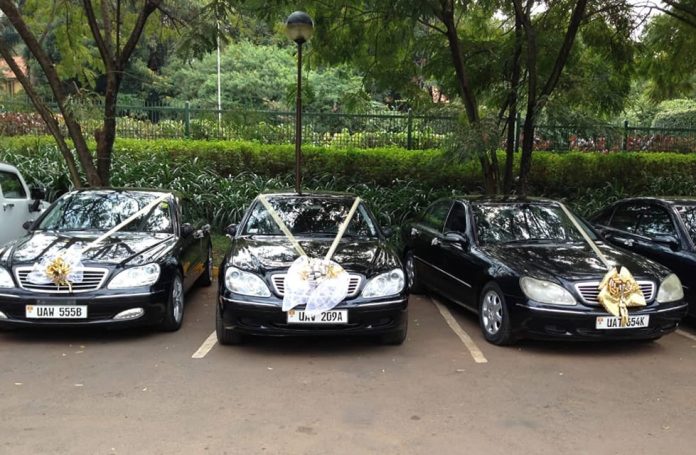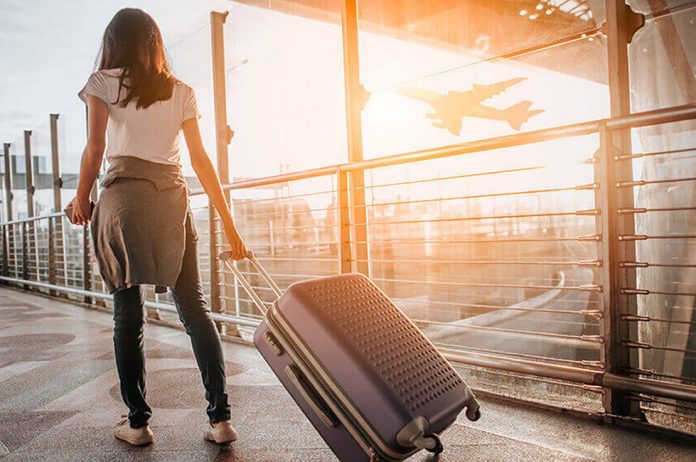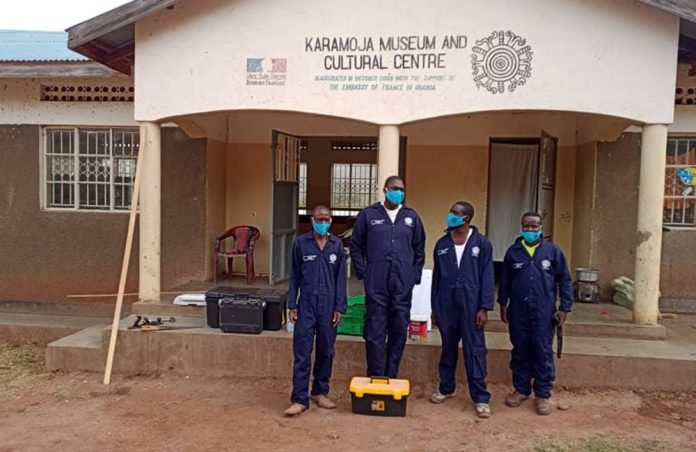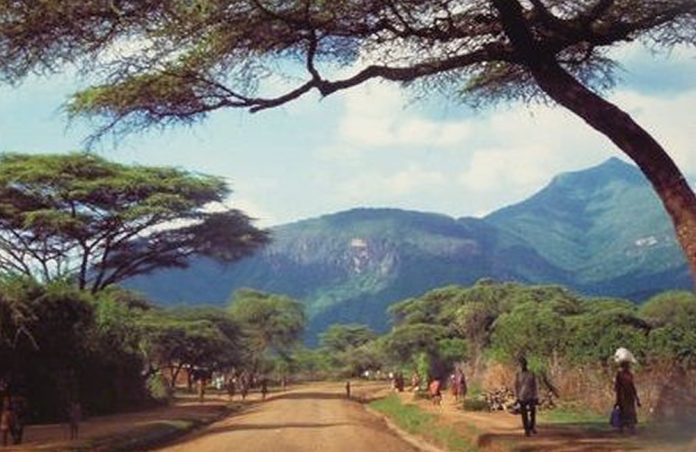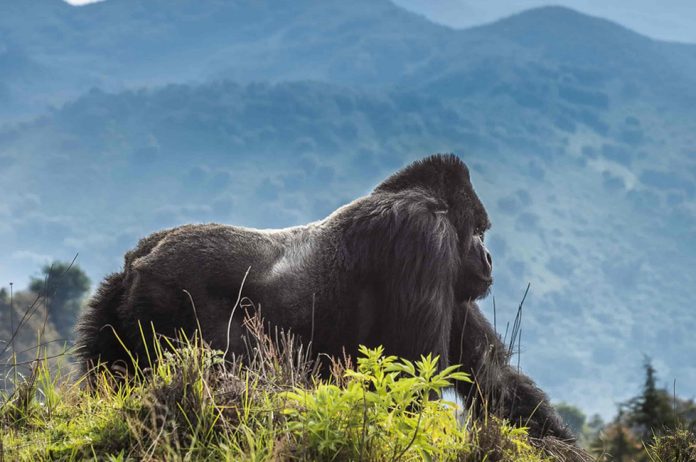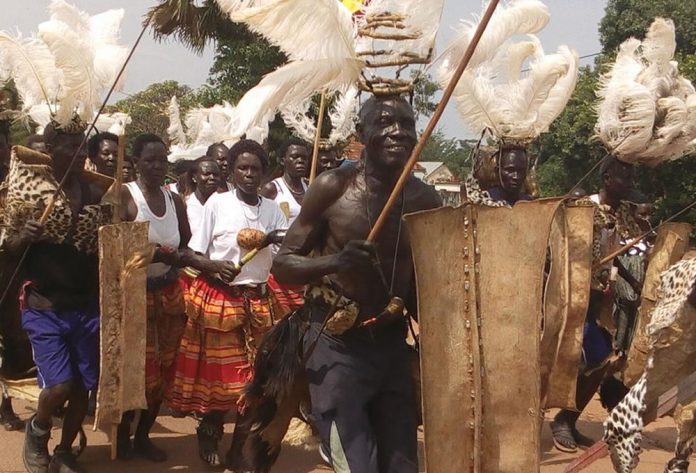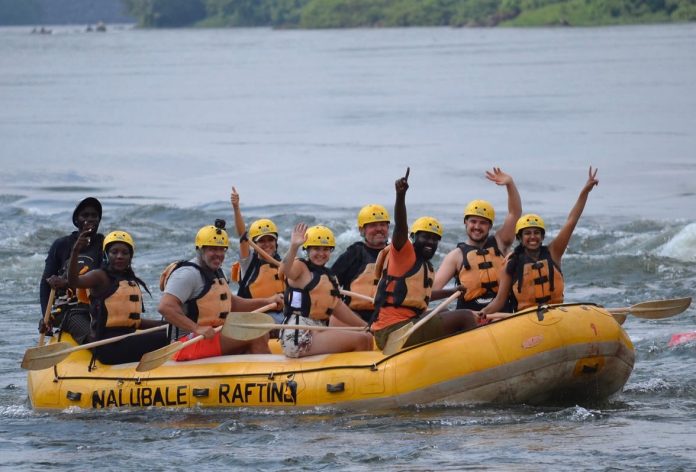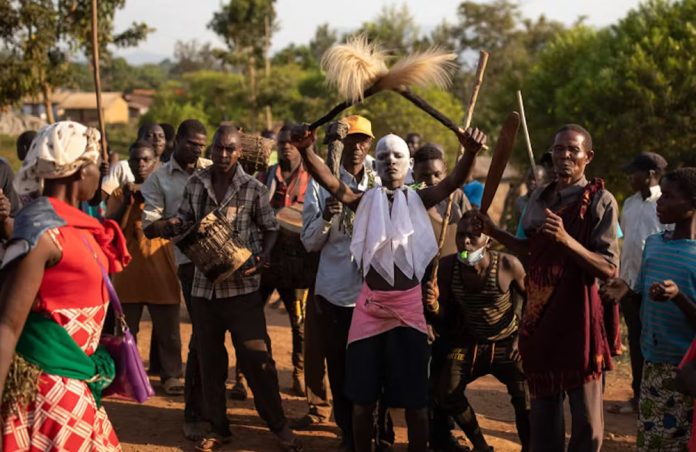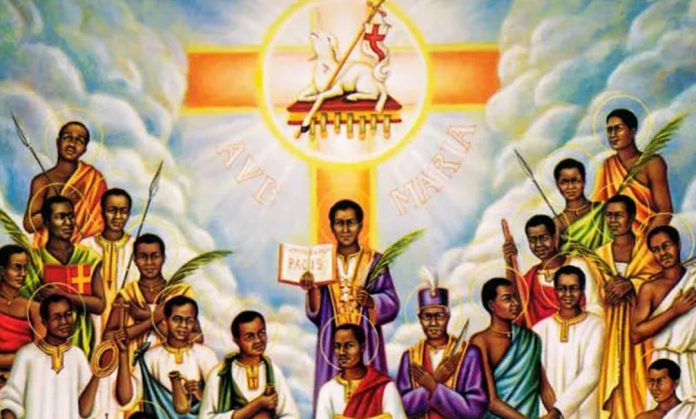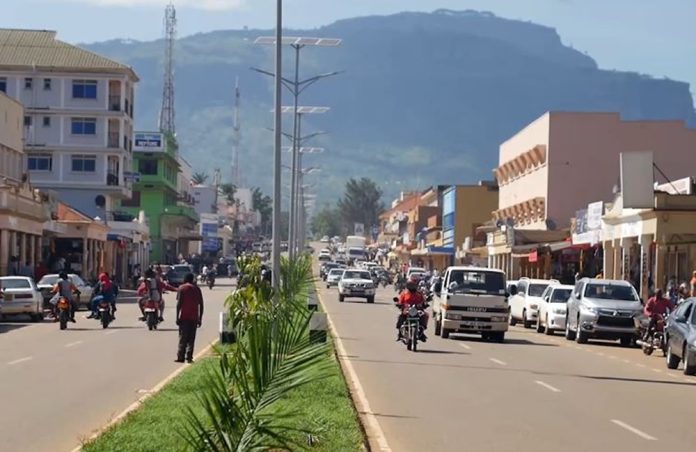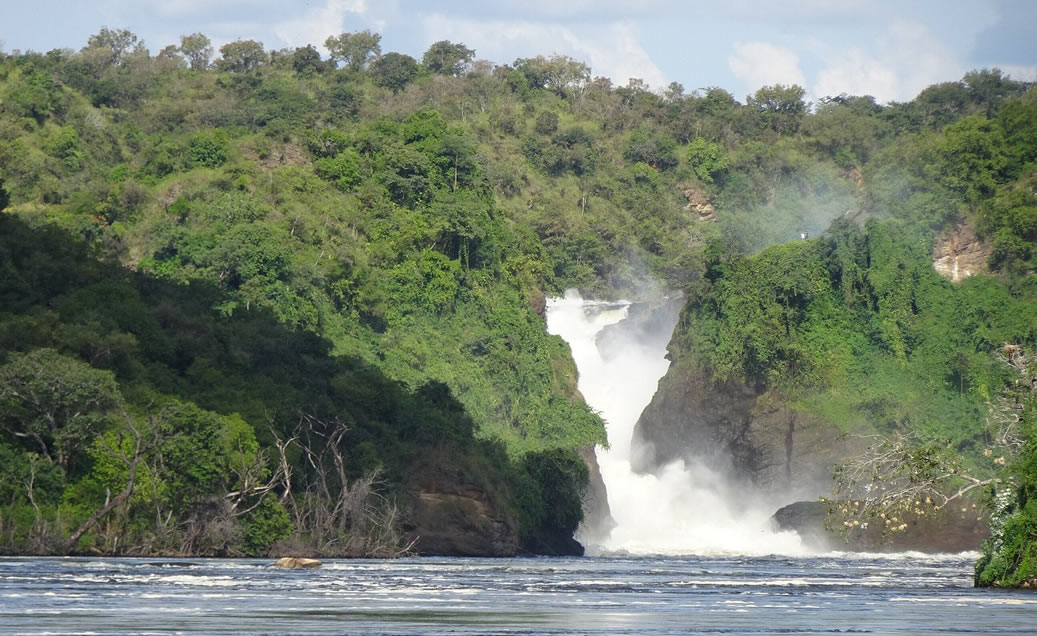The Acholi people are a Luo-Nilotic tribe in northern Uganda. They occupy the current Acholi sub-region according to the geographic division of Uganda.
The sub-region comprises the districts of Agago, Amuru, Gulu, Kitgum, Lamwo, Nwoya, and Pader. Although other Acholis are found in Magwe County in South Sudan, they are often excluded from the political meaning of the term “Acholi land”. In fact, the Acholi from South Sudan refers to themselves as ‘Acoli’ not ‘Acholi’. The Acholi speak a western Nilotic language, classified as Luoor Lwo.
Origin
The Acholi were originally inhabitants of the Bahr-el-Ghazal Region in South Sudan before they migrated and settled in northern and eastern Uganda and others in western Kenya. Legends also assert that the Acholi are a product of intermarriages between the Luo and the Madi of West Nile.
Although researchers say the word ‘Acholi’ is a term that became adopted for convenience over the years, there are many theories that show how the famous name came into existence.One of the theories states that prior to colonialism, the Acholi referred to themselves as ‘An-loco-li’, which means “I am a human being”, or “black”.
An-loco-li did not have any ethnic definition of geographical boundaries initially. Another theory says during the second half of the 19th Century, Arabic-speaking traders from the north referred to Acholi people as ‘school, a term which was later transformed into ‘Acholi’.
Forming the chiefdom
In the late 17th Century, a new socio-political order developed among the Luo who had settled in northern Uganda, mainly characterized by the formation of chiefdoms headed by chiefs known as Rwodi or Rwoti in Luo. By the mid-19th Century, about 60 small chiefdoms existed in eastern Acholi land all ruled by Rwodis or chiefs.
Although many chiefs were ruling smaller clans within the Acholi sub-region, it was not until the British colonial era when Rwot Awich of the Payira clan became the Acholi Paramount Chief in the 1900s.Payira clan is one of the biggest clans in the Acholi sub-region.
It is the clan from which the paramount chief is chosen from the patrilineal family line. The Rwot/chief was a central figure and he had executive, judicial and legislative powers. In addition, he was the link between the living and the dead. It was his duty to offer sacrifices to ancestors on behalf of his subjects. The chiefdom currently has 57 sub-clans which are all headed by Rwodis.
Choosing the chiefs
Traditionally, chiefs were chosen from one clan, and each chiefdom had several villages made up of different patrilineal clans.Since 1900, more than 20 Paramount Chiefs have ruled the Acholi Chiefdom most notably RwotAwich (deceased), Rwot Ali Aliker (deceased), Rwot Yona Odida(deceased) and Rwot Justine Acana I (deceased),
among others. The current Acholi Paramount Chief is Rwot David Onen Acana II who ascended the throne after the death of his father Rwot AcanaI in2005. He is the 25thparamount chief and currently, he over sees 54 smaller chiefdoms locally known as ‘ker’. Members of the royal lineage ‘kaka pa rwot’ are known as the ‘people of the court’ or ‘jokal’ or lobito or the‘people of power’.
Batandrateating
The Acholi are unique in certain practices, foods and rituals. Notable among them is bat and rat eating. This is done most especially among the Lamogi people in Amuru District. Strange as it may seem, the Lamogi have enjoyed the delicacies since time immemorial.
They trap the bats from caves at the famous Guru-Guru hills using thorny tree branches.Once trapped, the bats are cooked in various forms to suit one’s taste. Some are skewed and roasted and cooked in a mixture of groundnut paste and served with Kwon Kal (millet bread) or boiled cassava. Other people trap the bats for sale. A bat in a market in Lamogiis sold at Shs1,000. As for the rats, they are hunted in the bushes near homestead sand are also prepared in various ways.
Traditional rituals
Matooput is one of the important rituals in the chiefdom. It is performed in case somebody has been murdered. The ceremony involves two clans (the deceased’s and the murderers) bringing together the perpetrator and the victim in a quest for restoring social harmony. Matooput begins by separating the affected clans, mediation to establish the ‘truth’, and payment of compensation according to by-laws.The final ritual, ‘drinking the bitter root’ is a day-long ceremony involving symbolic acts all designed to reunite the warring clans.
Marriage
The Acholi attach so much significance to the marriage institution (nyom) that failure to marry is considered a curse (or an abnormality). Childlessness is counted as one of the most serious misfortunes to befall a couple, with women typically taking all the blame. In such cases, the marriage could be dissolved or the husband allowed to take another wife, because to Acholi, children are the ultimate goal of any marriage. In fact, according to legends, an Acholi couple could not set up a home until their first child was born.
Traditional dances
The Acholi have several dances including the royal and courtship dances. Bwola dance was only considered a royal dance and would only be performed before the royal family or the chiefs. Laraka-raka dance is for courtship and it is the youth who used to take part in it mostly as a way to identify potential suitors. Other traditional dances include Otole, Dingi Dingi, and Ajere. The Acholi also used to tell African folktales to the children and some of the stories are still being told to date children, they included stories of Apwoyo (hare) and Obibi (the ogre).
Symbolic Animal
The Acholi uniqueness is also significant in some animals they hold dear. Elephants (Lyecor Lyeci in plural) are the most respected and symbolic animals. They are considered wise, brave, and energetic animals. Acholi considers themselves tall, brave, and energetic people. In fact, the Gulu District local government has adopted the elephants as its symbols on all administrative logos as well as a section of other institutions in the sub-region.
Tourism
Acholi chiefdom is also gifted by nature. It has a number of natural and historic sites that have become great tourist destinations. Notable among them are the Lamogi hills, the hills where the Lamogi clan people staged a partial resistance to the British Colonial rule in 1911. They are found in Amora Village, Lamogi Sub-county in Amuru District.
Another tourist site Acholi chiefdom can boast about is Fort Patiko in Gulu District. Located about 32 kilometers north of Gulu Town, the fort is enclosed by a 16 feet wide and 15 feet deep trench dug by slaves on the orders of the Arabs to avoid the escape of the abductees to be traded as slaves.
However, when Sir Samuel Baker was commissioned in 1863 by the Queen of England to fight slavery in Uganda, they camped at Fort Patiko and abolished slave trade in the region.The place still possesses the house built with stones by Sir Samuel Baker sitting on top of the Patiko hills

